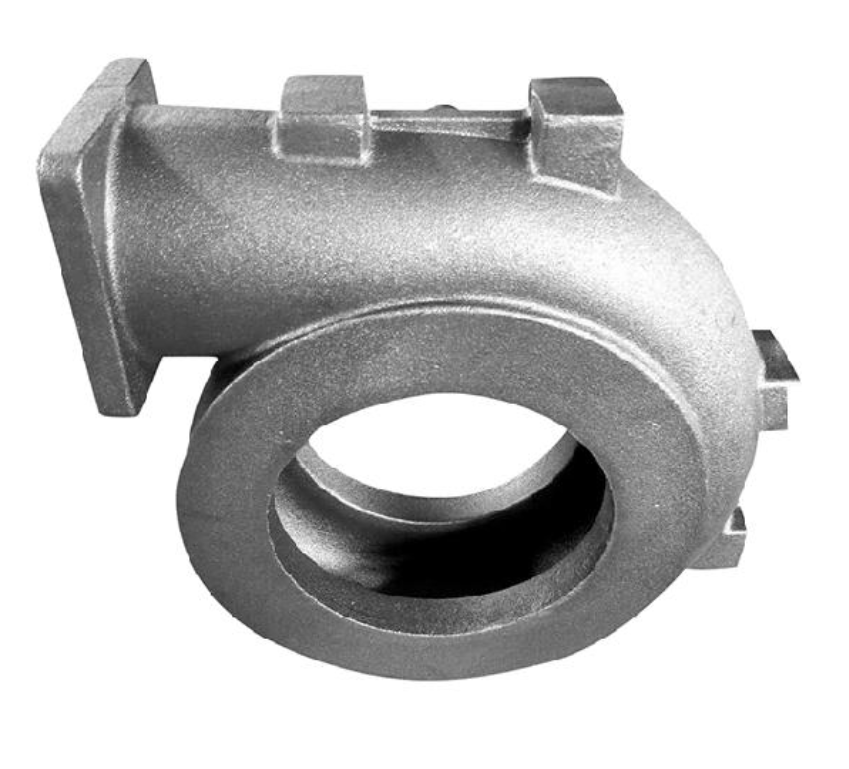Sand Casting Stainless Steel
Release time:2024-11-22 17:52:34 Number of views:789 Publisher:njjh Source:编辑部
Sand Casting Stainless Steel
Product Details ofSand Casting Stainless Steel
The wear-resistant parts of sand-cast crushers are still widely used in China, including jaw plates, high chromium hammers, crushing walls, rolling mortar walls, etc. These parts are commonly used in crusher equipment due to their durability and relatively low precision requirements. Sand casting is suitable for these parts as it offers durability and ease of production. Sand-cast wear-resistant parts, such as jaws, hammers, and walls, are more durable than those made by other methods, such as lost foam casting. However, lost foam casting offers higher dimensional accuracy and reduced machining and polishing workload, resulting in lower labor costs and overall prices.
What is the sand casting process?
The sand casting process is a casting method in which sand is used as the main molding material to prepare a casting mold. Sand casting is the most traditional casting method.
Due to its own characteristics of sand casting (not limited by the shape, size, complexity, and alloy type of parts, short production cycle, and low cost), sand casting is still the most widely used casting method in casting production, especially for single or Small batch castings!
The traditional sand casting process has the following steps: sand preparation, mold making, core making, molding, pouring, sand falling, grinding processing, inspection, and other steps.
1. Sand Preparation: Molding sand and core sand are prepared by mixing sand with clay using a sand mixer.
2. Mold Making: Molds and core boxes are made according to part drawings, often using wood, plastic, or metal molds made with engraving machines.
3. Modeling: Sand is used to form the casting cavity, while cores are made to create internal shapes. Molds are assembled by placing cores into the cavity and closing the flasks.
4. Smelting: The required metal composition is prepared, and alloy materials are melted in a suitable furnace to form liquid metal.
5. Pouring: Molten metal is poured from ladles into the mold, ensuring it fills the cavity evenly.
6. Cleaning: After solidification, castings are cleaned by removing gates and shaking off sand. Sandblasting may be used to clean the surface.
7. Machining: Some castings may require additional processing to meet specifications, such as grinding to remove burrs and improve smoothness.
8. Inspection: Castings are inspected during cleaning or processing to ensure quality. Any defects are identified and addressed accordingly.
Packing and Shipping.
1. Each product is carefully packed with bubble bags and placed in cartons to prevent scratches from knocks during transportation, ensuring product quality.
2. All products will be transported according to customer needs, such as express, air shipping, sea shipping, and railway shipping.
FAQs.
1. How can I get a quotation?
---We provide quotes based on drawings, quantity, weight, and material specifications. A real sample is also acceptable for quotation.
2. If I don't have a drawing, can you create one for me?
---Yes, we can create a drawing based on your sample to duplicate the product.
3. What are your payment methods?
---For tooling, we require a 50% T/T advance payment, with the remaining 50% due upon sample approval. For bulk orders, we require a 50% deposit via T/T, with the remaining 50% balance due upon receipt of the copy of the B/L.
4. What file formats can you open?
---We can open PDF, IGS, DWG, X_T, and STEP(STP) file formats.
5. What surface treatments do you offer?
---We offer various surface treatments including powder coating, sandblasting, painting, polishing, acid pickling, anodizing, enamel, zinc plating, hot-dip galvanizing, and chrome plating.
6. How do you pack your products?
---Each product is meticulously packed with bubble bags and placed in cartons. Additionally, to prevent scratches during transportation, we use specially designed wooden boxes for export packaging.
7. Do you have a subsidiary overseas?
---Yes, we have a subsidiary in Michigan, USA.

